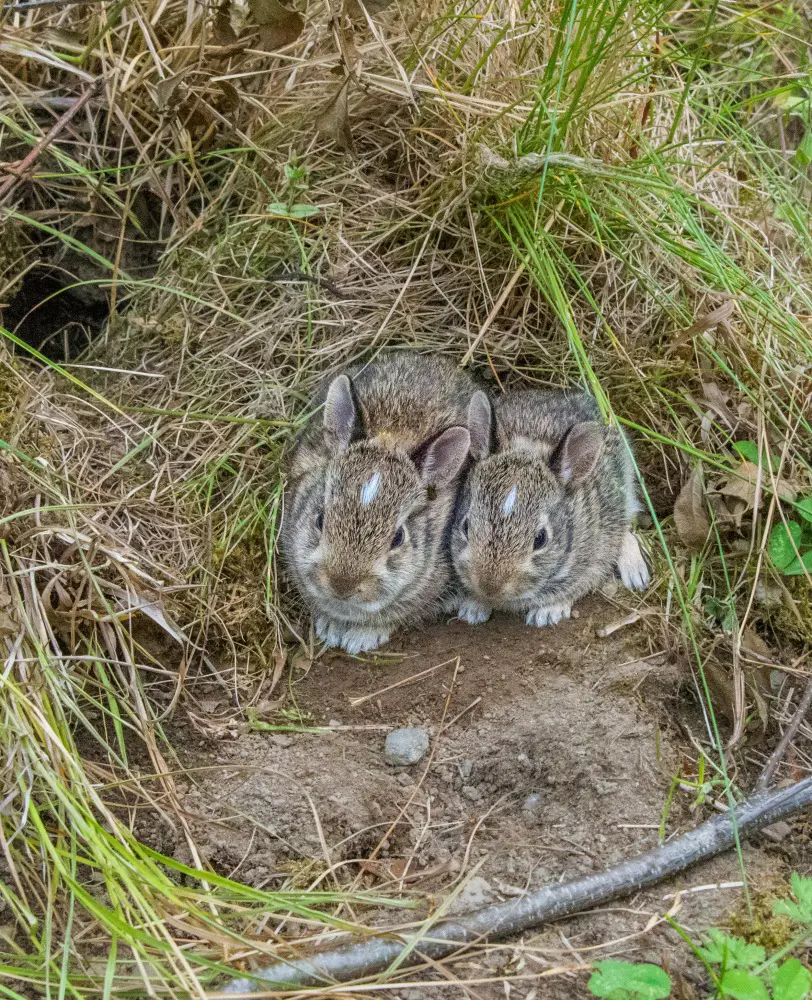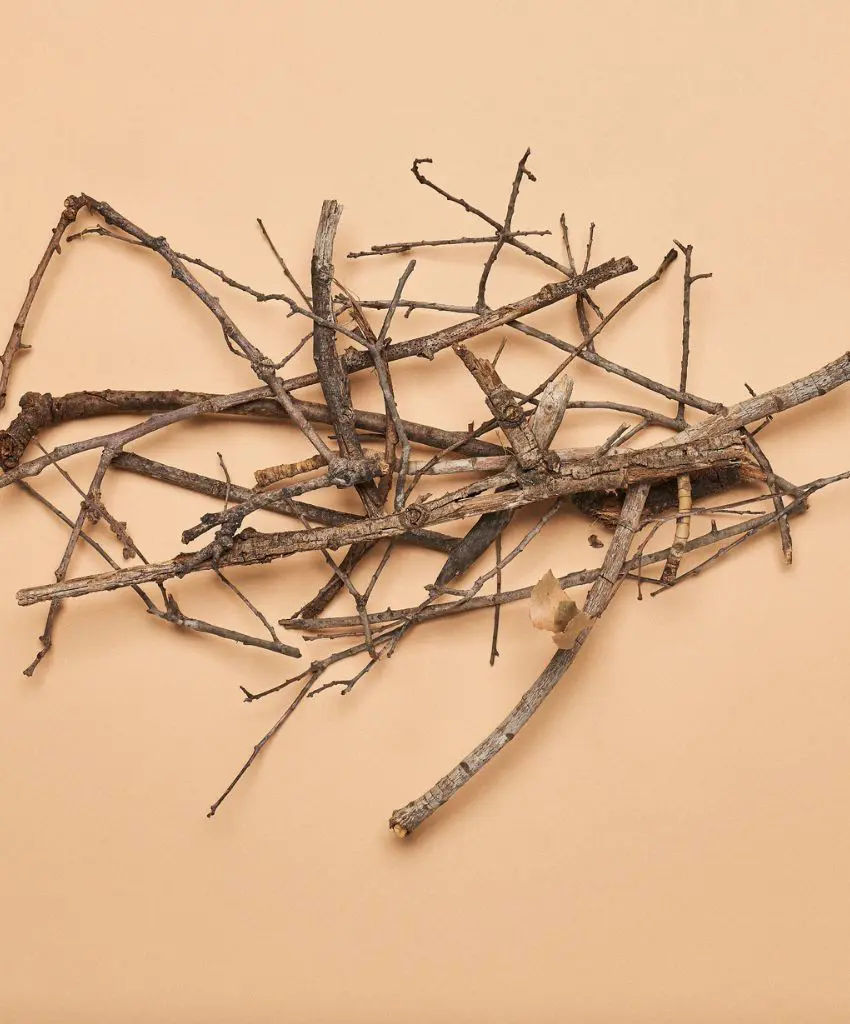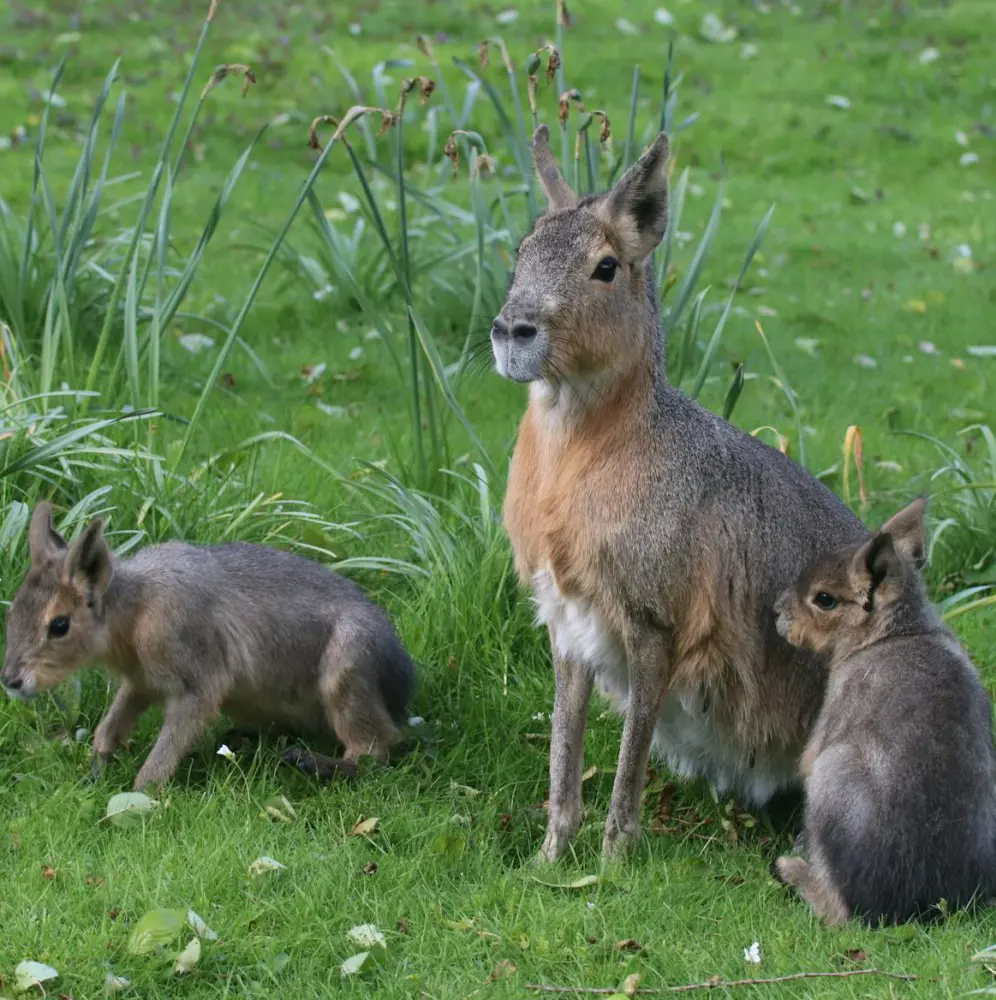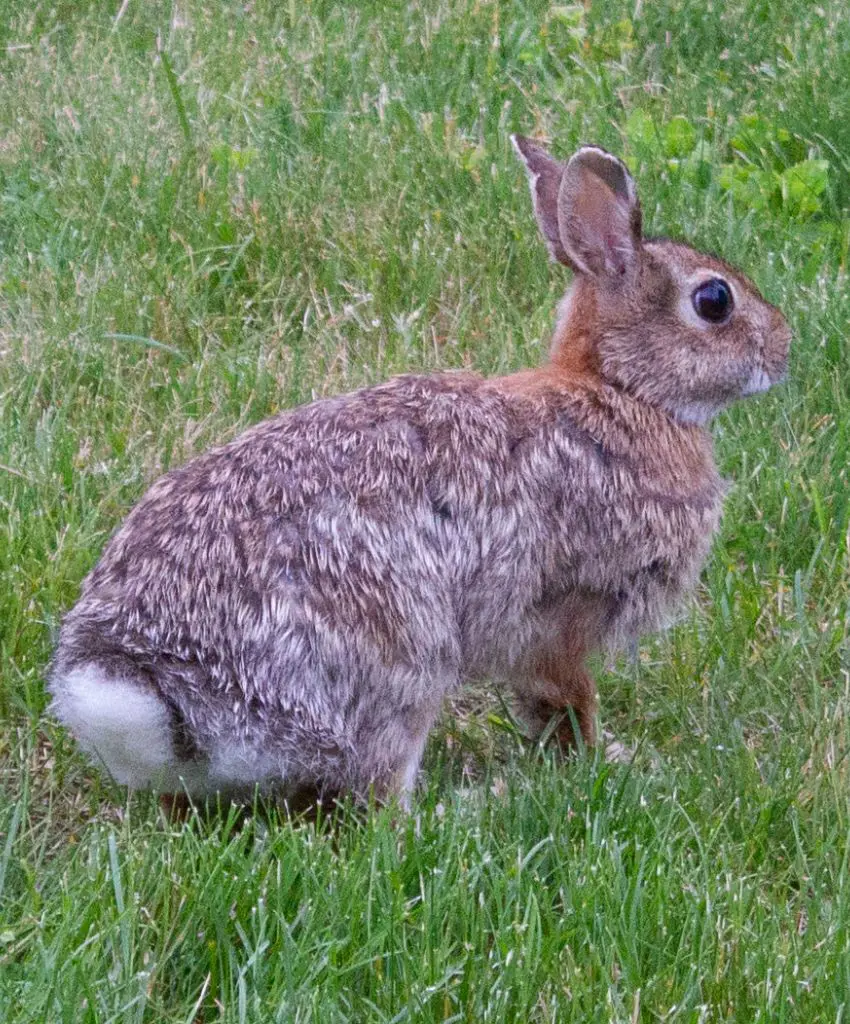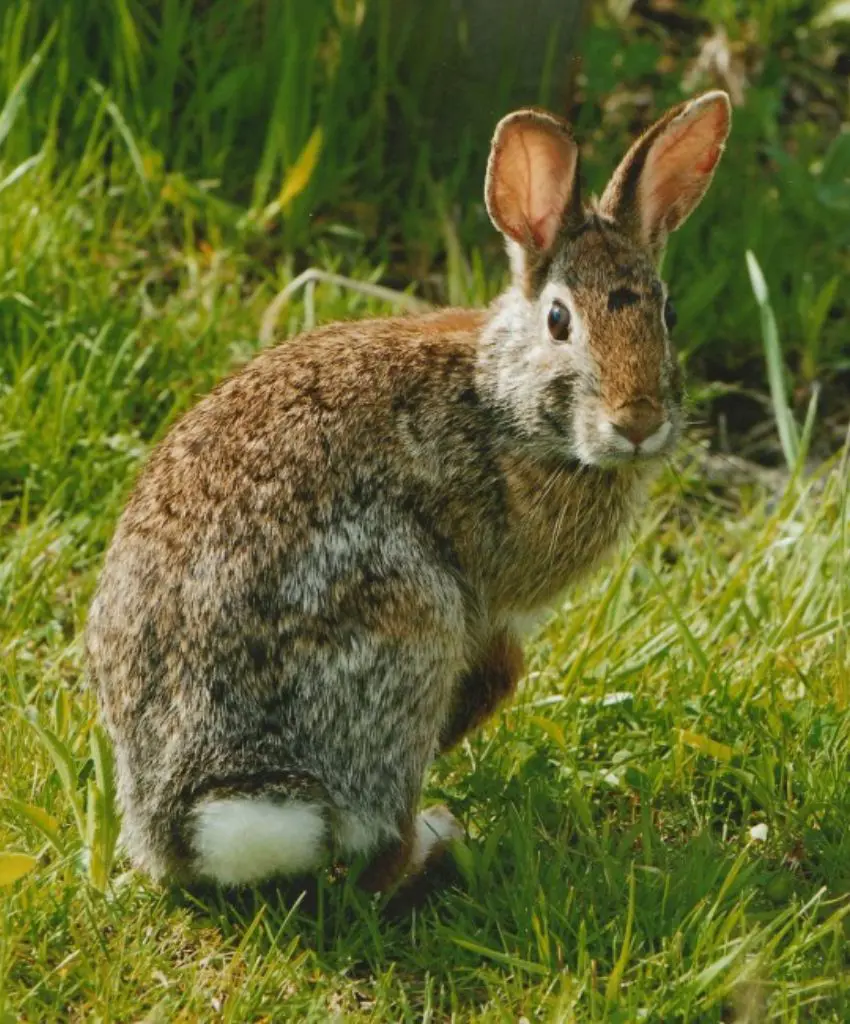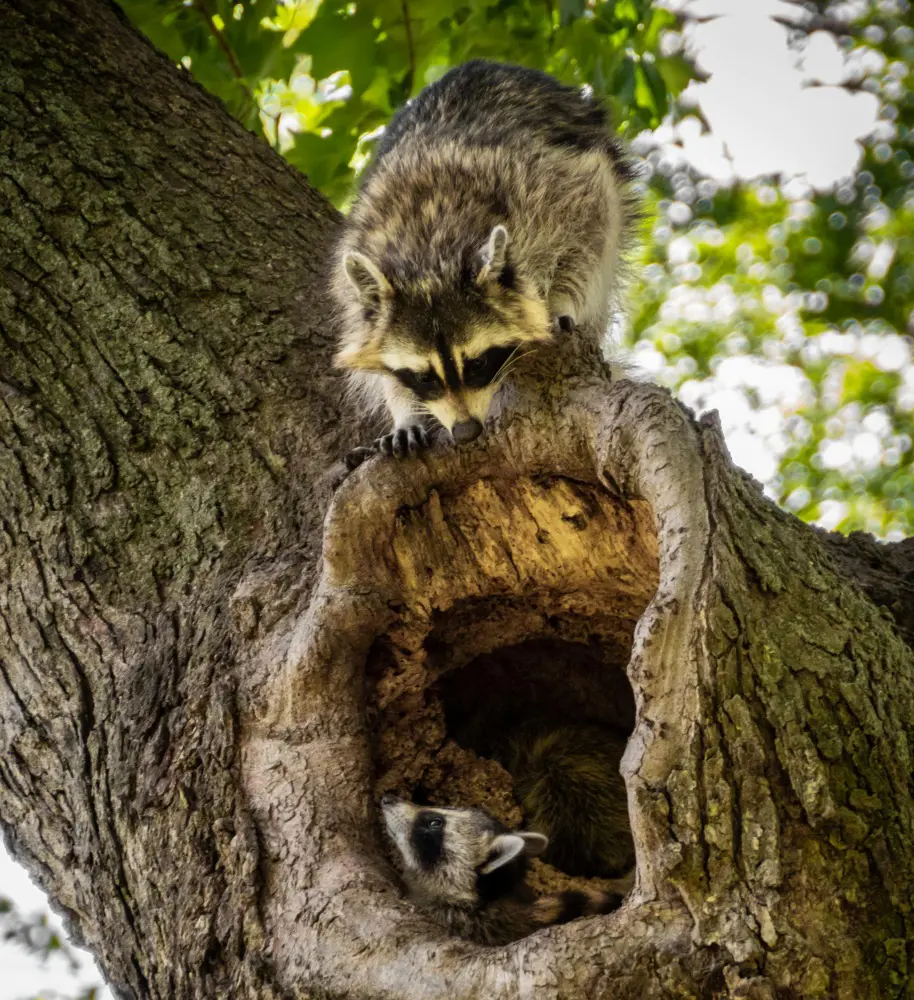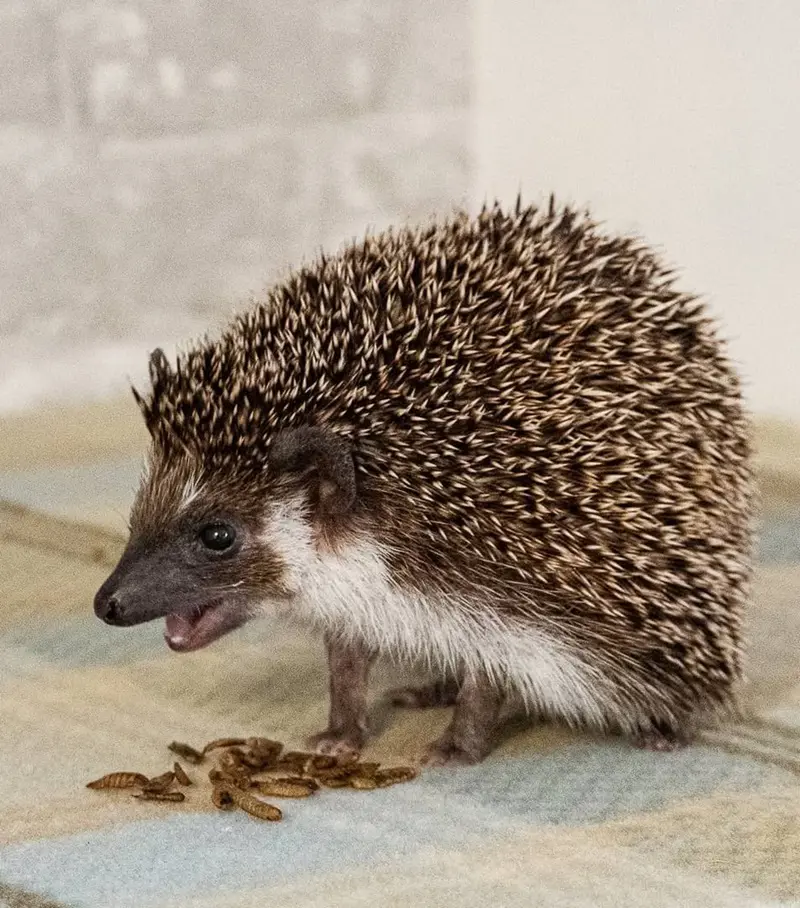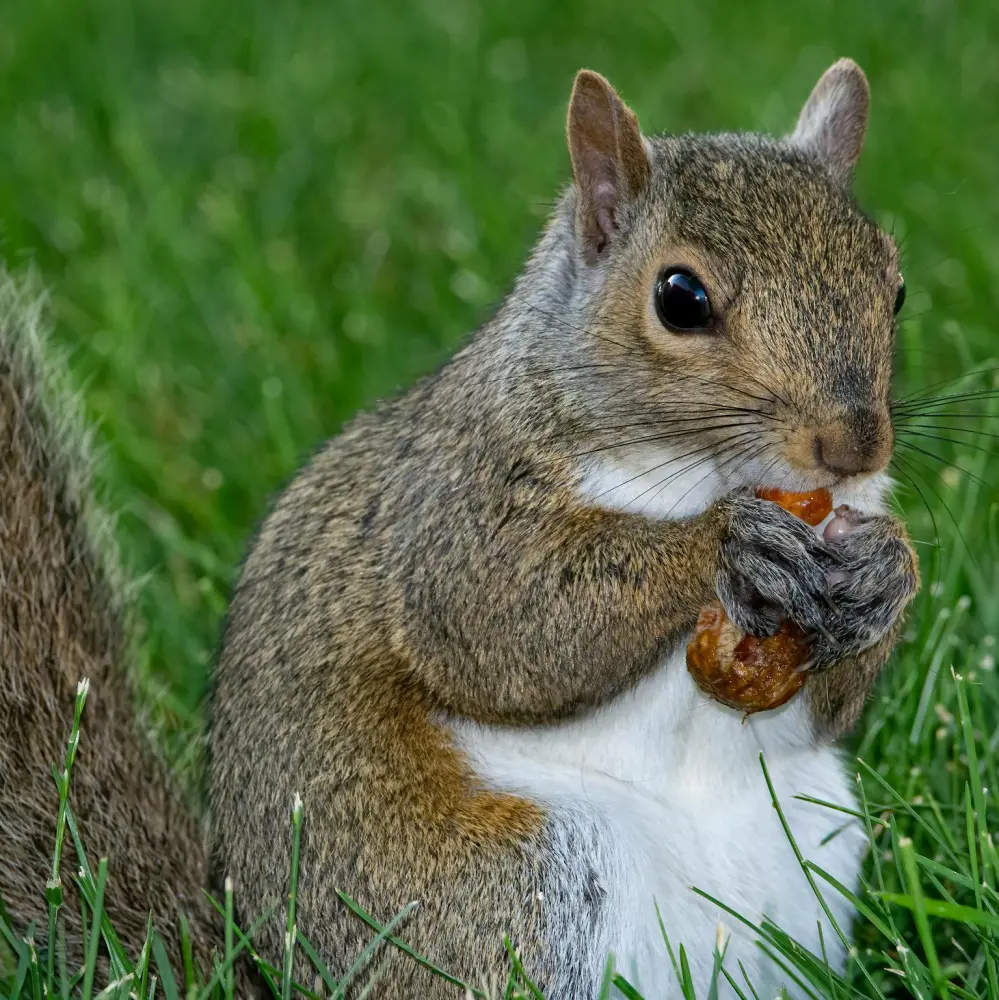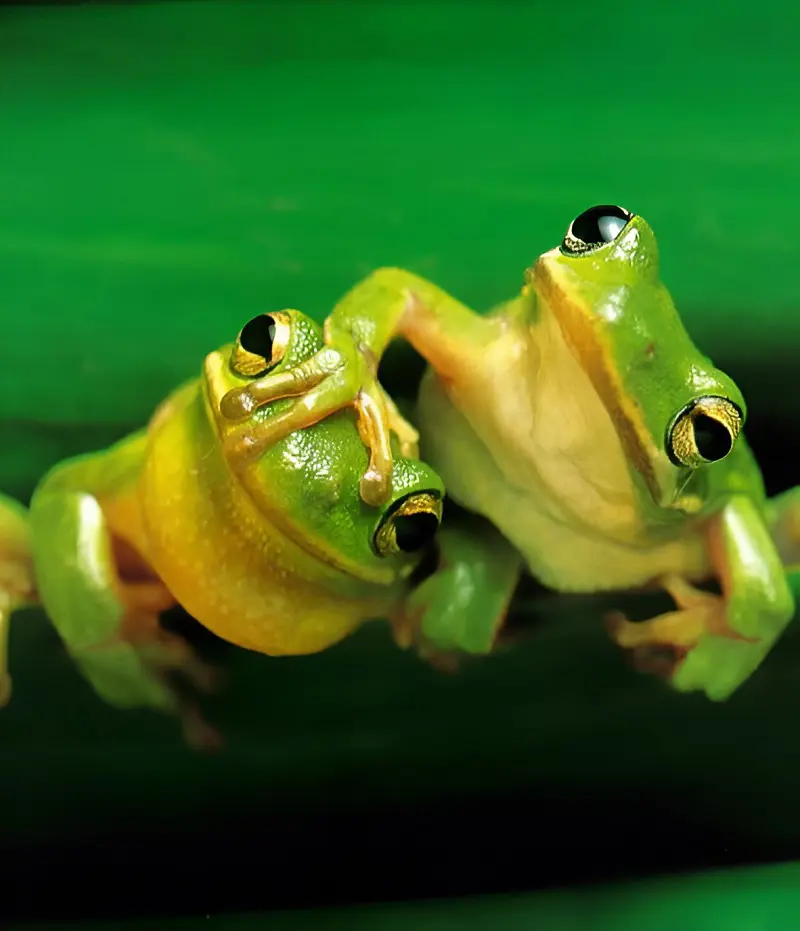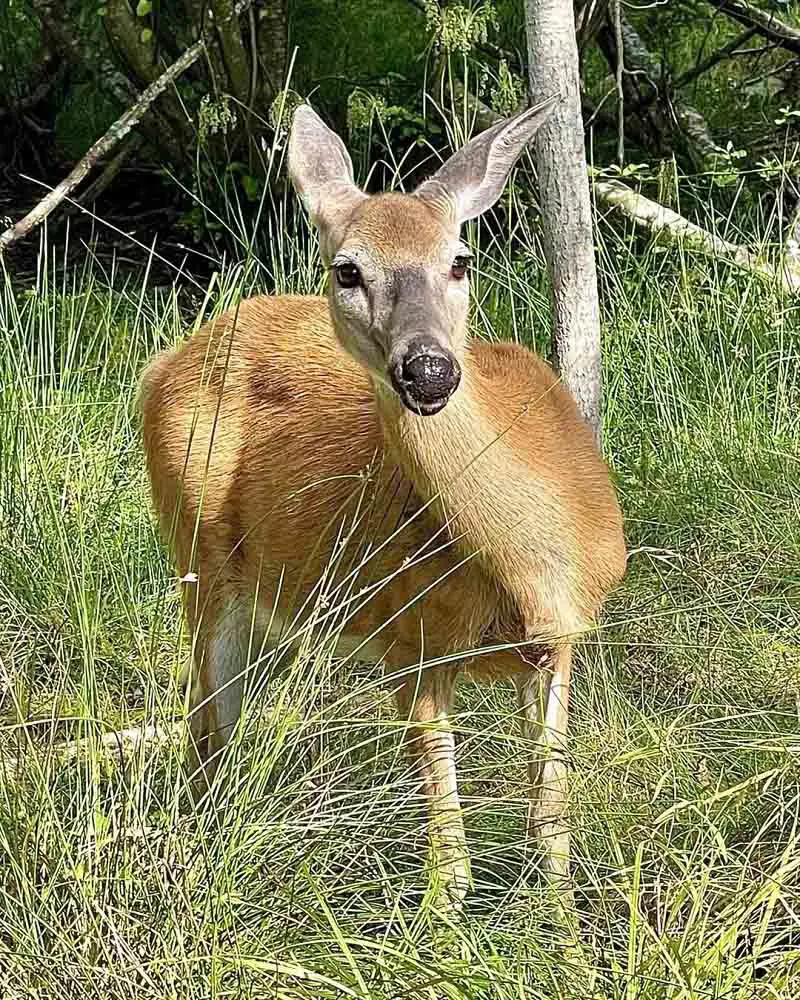What Do Wild Rabbits Eat in Yard
As opportunistic feeders, wild rabbits feed on things they find around human dwellings or gardens.
These small and agile animals usually search for food in the natural environment. Still, on rare occasions, they will move to houses and other structures to look for tastier and easily accessible foods.
1. Garden Plants
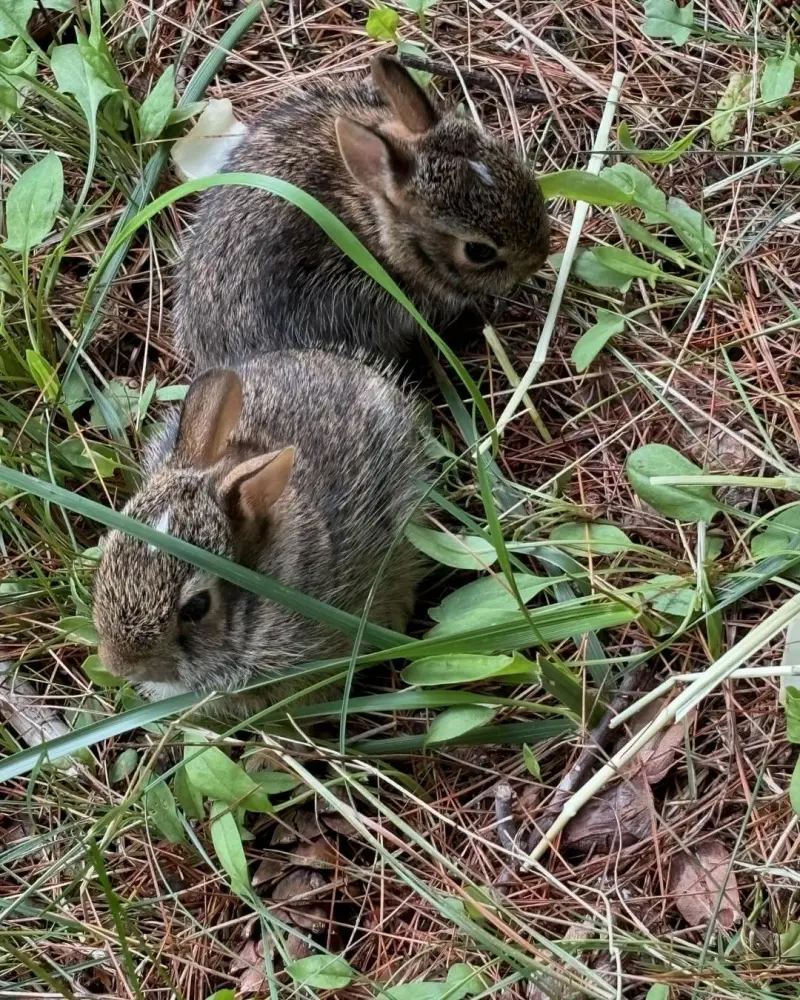
Wild rabbits live on a diet of different garden crops, such as flowers, shrubs, and vegetables. These animals prefer fresh leaves and sprouts like lettuce, carrots, beans, etc.
Unless you have a garden to feed wild rabbits, the rabbits could damage your backyard vegetation. Therefore, homeowners may need to implement barriers or repellents to protect their plants from these persistent foragers.
2. Grass
Wild rabbits are often found dining where there are freshly manicured lawns. They feed on green growing points, particularly grass shoots and leaves, which are their main diet.
These grass shoots and leaves are crucial for their dietary needs and bowel movements. Unfortunately, if you are the lawn owner, you might have to deal with burnt grass.
3. Ornamental Plants
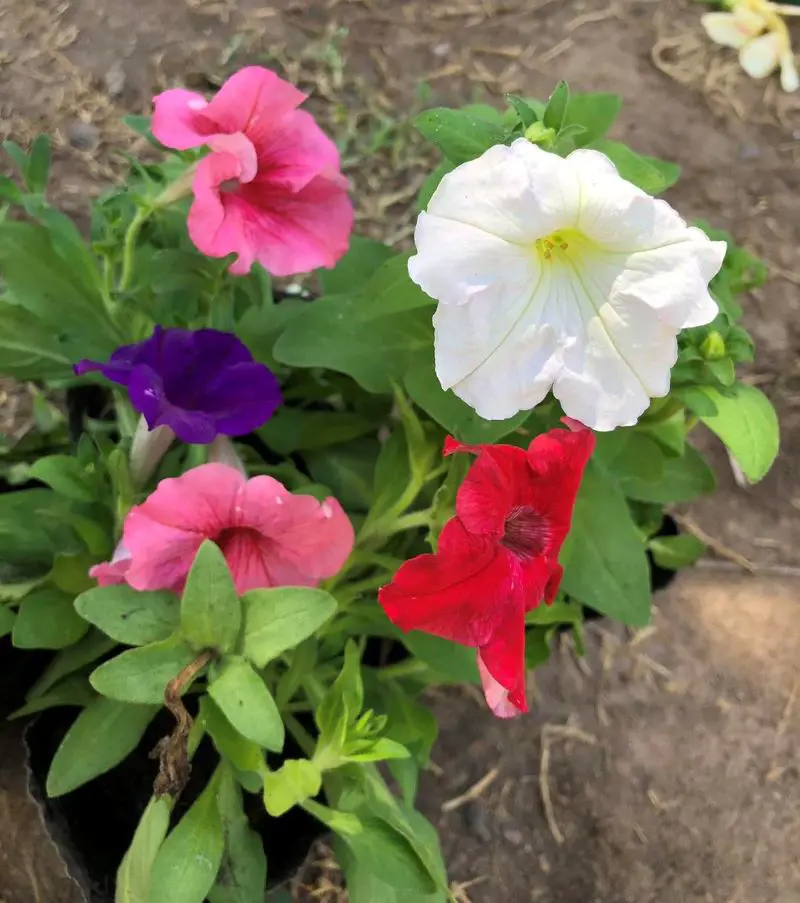
Your ornamental plants, such as petunias, pansies, and hostas that grow in your garden bed, may be at risk from wild rabbits.
Rabbits are attracted to tiny leaves and sweet-smelling flowers. They will nibble your garden to destruction if you do not put up fences to keep away these rabbits.
4. Fruit and Vegetable Scraps
Wild rabbits may feed on fruits and vegetables left in compost bins or garbage cans. They are attracted to food scraps, which include apple cores, carrot tops, and melon skins.
Proper disposal and secure composting methods can help minimize unwanted rabbit visitors.
5. Tree Bark
Wild rabbits may feed on soft barks and new sprouts of new plants during winter when there are plants and leaves shortage.
This feeding habit can eventually injure or kill the tree since it disrupts its water supply system. The chewing can also contribute to bark stripping and increase the risk of diseases and pests.
6. Wooden Structures
If you have put up wooden structures to keep away wild rabbits, your efforts might go to waste since wild rabbits might chew on wooden fences, garden furniture, or stakes. They chew on such study material to prevent teeth growth.
They may also bite wooden stakes supporting top-heavy or climbing plants, affecting the stability of the plants you painstakingly grew and took care of. Therefore, it might be better to use metal stakes or employ methods to get rid of rabbits.
7. Herbs
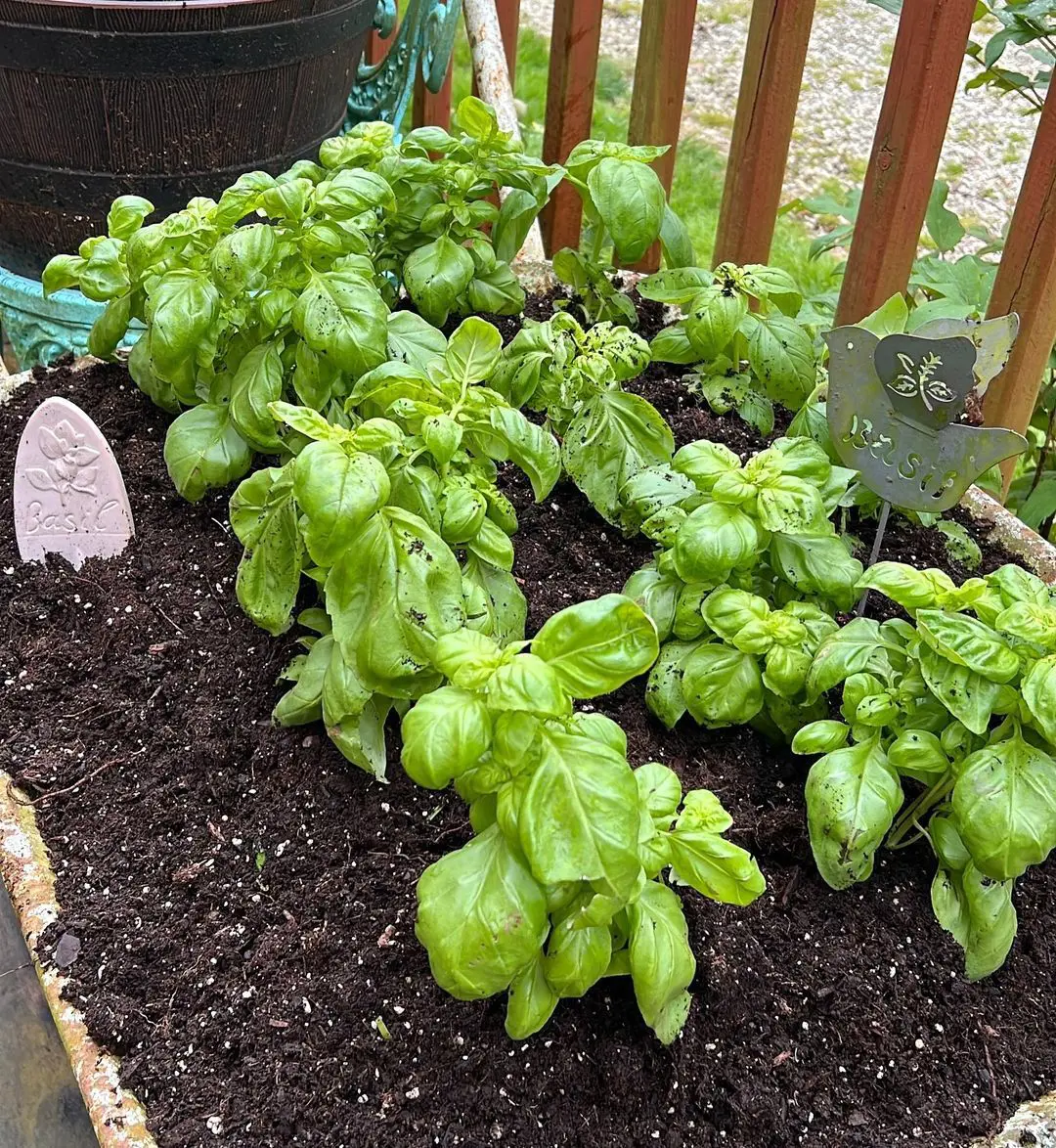
You might not be the only one consuming the herbs in your garden. Wild rabbits also feed on herbs such as mint, basil, dill, etc. These herbs are tender and palatable to rabbits, which they can feed on without restraint.
If possible, grow your herbs on raised garden beds, out of reach from these wild rabbits. Rabbits cannot climb high places unless they get lucky or receive help.
8. Leafy Greens
Wild rabbits are particularly fond of spinach, kale, Swiss chard, and other related plants. If you have a vegetable plot in your yard, you should protect it with chicken wires or mesh shields.
Otherwise, there might not be any left for your consumption because it will not take wild rabbits much time to destroy your entire vegetable plot. The worst part about all this is that there might not be any healthy saplings left for you to salvage your garden.
9. Clovers
If there is one thing you can allow wild rabbits to eat in your yard, it is clovers. There are pros and cons of clovers in your garden. However, if they have spread to unwanted areas of your outdoor space like driveway, sidewalks, and manicured lawns, you might be dying to get rid of them.
You can let this happen by allowing wild rabbits to feed on the clovers. But note that the rabbits will feed on the grass, leading to bald patches in your lawn.
10. Vegetable Plants
Wild Rabbits might feed on fall vegetables in your yard, like tomatoes, beans, and cucumbers. They might eat the leaves, stalks, and fruits from some of these plants.
Such feeding behavior can lead to crop devastation in terms of quality and quantity produced. Owners can protect their vegetable plants from rabbits using physical barriers and repellents or by selecting rabbit-resistant plant varieties to minimize damage.
